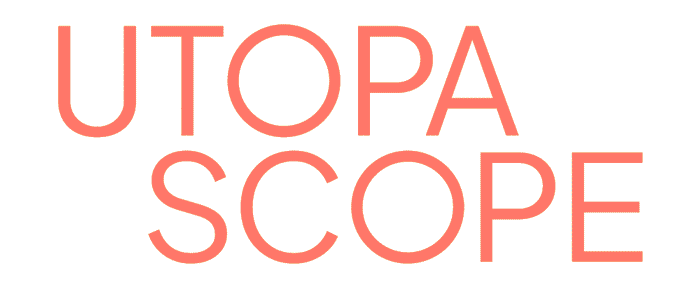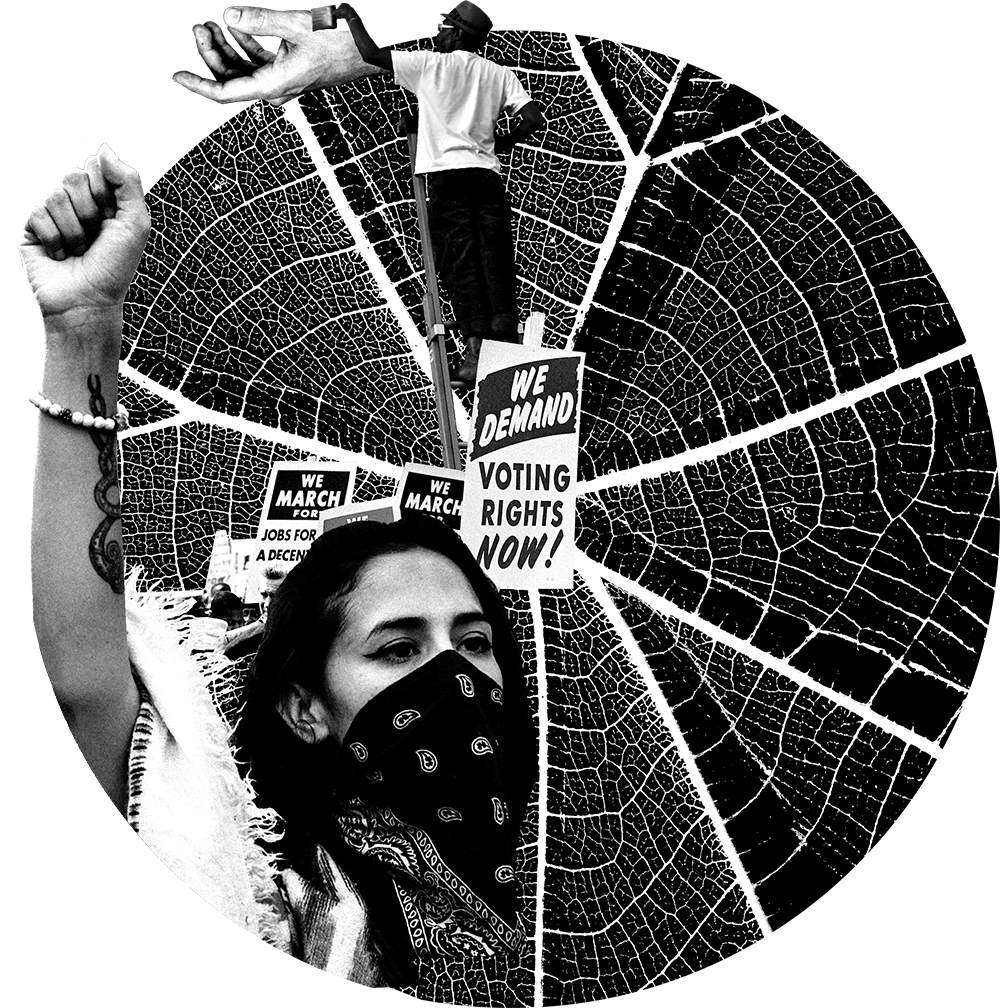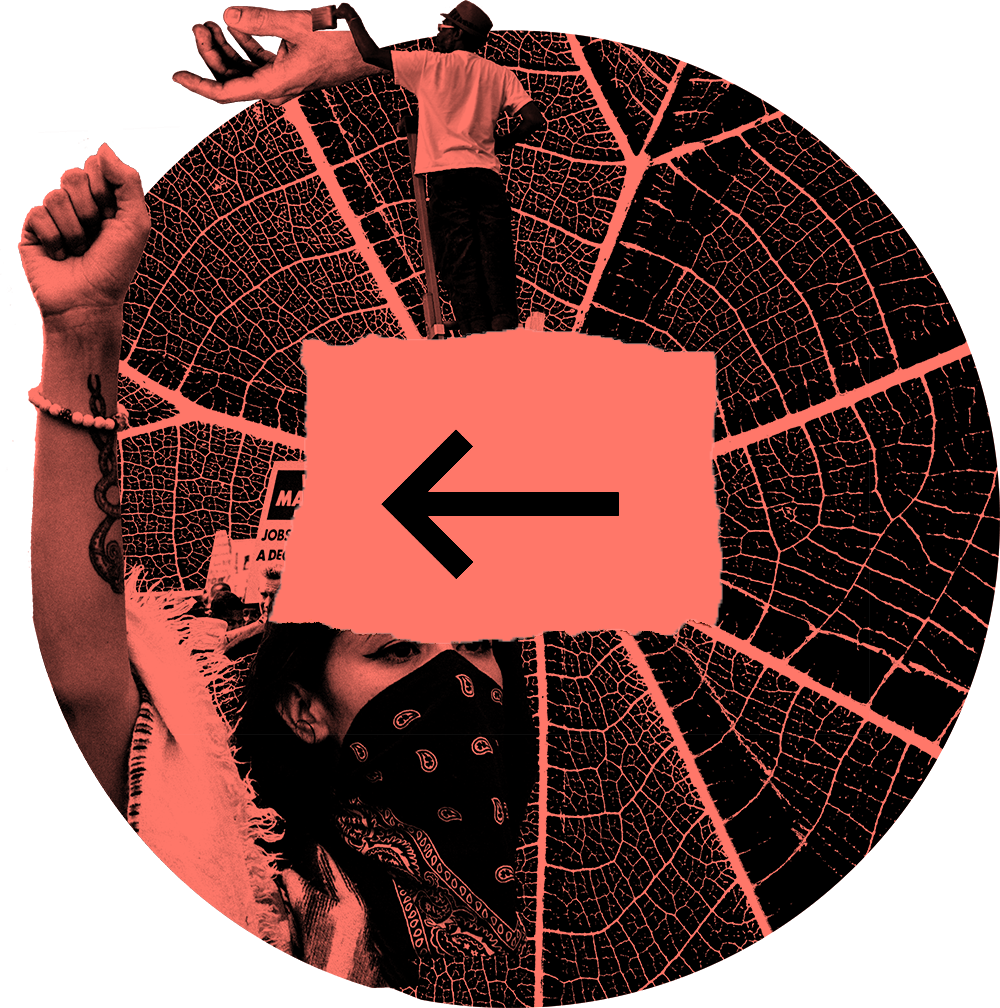Wheatpaste to advocate, mobilize, and organize
vote to organize!
Wheatpasting is a timeless art, connecting design to advocacy, mobilization, and recruitment for movements while beautifying abandoned or neglected spaces. Once commonly used for commercial purposes, it’s been largely subverted in contemporary times by street artists and activists. It is an important tool in organizing and activism; when using visual language that speaks to the heart of the community, it can spark radical change on the street, inspiring neighbors and exciting them to take their own actions. Good design is obviously key, but be sure to speak to your community before you settle on a visual approach. If anarchists are only a small proportion of your population, anarchist aesthetics might not spread the message as far and as wide as needed.
The most durable pastes are made at home using common household items. Follow this recipe:
Mix two parts flour with three parts water in a large pot, stirring out any lumps while still at room temperature.
Heat to boiling, and add more water. The amount does not matter as you will be reducing the mixture.
Reduce the heat and let it cook down for at least an hour, but continue to stir constantly. Use a whisk if you have one.
After an hour, let a small spoonful cool and test its stickiness with your hand. If you feel as though it needs more adhesion, add some sugar: a small amount is probably good enough and will go a long way.
Let it cool completely and put it in a sealable container. If you’re not using it that day, store it in the fridge for up to a couple weeks.
Print your posters on newsprint or bond paper, as the paste adheres to thin paper and binds them to surfaces the best. Use the lightest weight matte paper you can find to print on. Use a copy machine or print shop if possible instead of printing on a home printer; the ink will be higher quality and will be less likely to smear or fade. If you're printing large formats, roll them all up and rubberband them just before going out to paste so the edges are less likely to peel up when pasted. If you're using smaller flyer sizes, carry them in a bag to pull them out quickly.
When you’re ready to go, transfer your paste to a container that you have on hand, like a jar, resealable leftover container, water bottle, etc. Squirt bottles make application quick and easy. Bring large, old paintbrushes or rollers and a squeegee if you have access to one. Vinyl squeegees are ideal—they are small, stiff rectangles of plastic which are typically used for vinyl signage—but window-washing squeegees work well too.
Work in small teams with your fellow organizers, or in multiple coordinated teams to spread posters over a larger area. Stay mobile on foot, bikes or in one shared automobile, depending on the type of area you'll be working in. Use the dark of night if that feels safest, but know that you will be conspicuous if you are spotted. Sometimes it is best to operate during times of high foot traffic when you can blend in and look as though you have permission to wheatpaste. Whenever you choose to paste, one person should operate as a lookout for your group.
To adhere a poster, choose as clean and flat of a surface as you can find and either squirt or spread paste on the wall with a brush. Smooth paste out to an area slightly larger than your poster. For best results, attach the top edge of the poster first. Then, if using a squeegee, flatten the paper, working downward to remove as many air bubbles and wrinkles as possible. If you don’t have a squeegee, run a paintbrush full of paste down the center of the poster and then work outwards to smooth. Finally, brush a thin layer of paste over top of the paper and around the edges to lay them flat.
When wheatpasting, learn and follow the street rules of graffiti culture:
- Respect other artists and do not cover their work
- Do not paste on anything from the natural world, residences, small business, or houses of worship
- Prioritize abandoned walls and temporary construction walls
- Stay anonymous and protect the anonymity of any other street artists you know
If you are drawn to street art subculture, there are additional unspoken rules to the art and craft of graffiti and wheatpasting to learn. Most of all, have fun!
Next: Connect with neighbors




